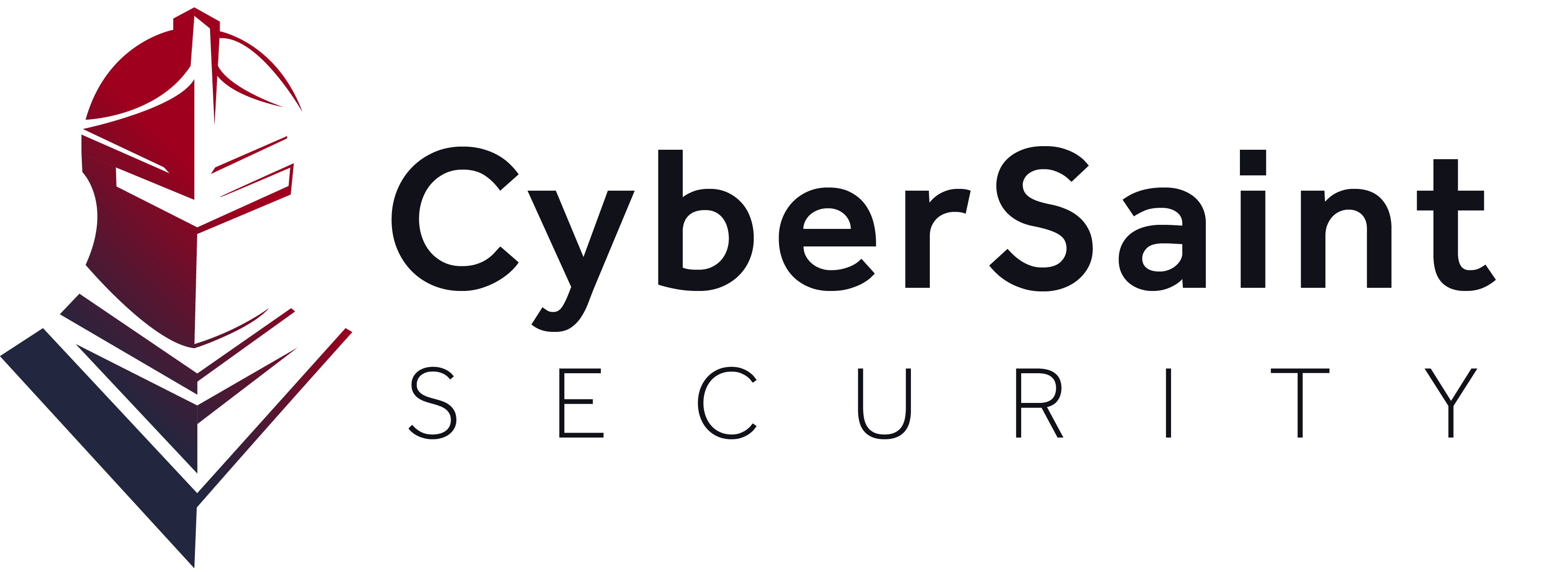Modern businesses have been migrating to the cloud in droves throughout the pandemic. It was a necessity in order to secure remote work during COVID-19, but as cloud service procurement increases, the risk increases as well. Industry critical services are now on a platform that may be more unsecured than any other platform they’ve used before, especially if they’re only using one cloud solution. Sensitive data may not have the data security it needs to avoid cloud-based attacks.
Remote work also further complicates the situation as employees also have multiple access points to the cloud provider and leave systems open and more vulnerable to threats. Because of this, companies are starting to look at multi-cloud solutions to further secure their assets.
A multi-cloud environment is the use of two or more cloud computing services from any number of different cloud vendors. A multi-cloud environment could be all-private, all-public, or a combination of both. Cloud servers are spread across multiple platforms and the way data is stored can assist with cloud computing security.
So how do multi-cloud solutions improve security measures over single-cloud solutions? And if you choose to move forward with a multi-cloud solution, how can you address cloud security risk management? Who should gain access and who addresses security controls?
Disaster avoidance
If a company's assets are all on one cloud platform, and an outage happens, suddenly, every computer in the building might as well be a very fancy paperweight. Sometimes this happens because of bad actors, sometimes it happens because of human error and intervention. But no matter the reason, this can of outage can cost businesses income and break trust with both customers and employees.
However, if there are multiple cloud environments, widespread outages can be avoided. This gives you resiliency in the face of disruption and allows you to achieve business continuity. By mitigating widespread loss of service. This is one of the benefits of using multiple software as a service (SaaS) solutions.
Other advantages
By adopting a multi-cloud approach, organizations can avoid locking themselves in with a specific cloud provider. Being able to move cloud providers allows companies to chase the best value. This also enables teams to take advantage of the speed, capacity, and features offered by different providers. It gives employees and security teams more options to choose what best suits their needs. As a company grows, if there was only one cloud option, it would prove increasingly difficult to keep everyone happy with one solution.
Multi-cloud solutions are easily scalable at the organizational level, meaning that they can be adopted and distributed company-wide quickly.
How to mitigate risk
As organizations mature and develop their strategy to mitigate risks, especially in multi-cloud approaches, security leaders become painfully aware of constraints on time and resources. If compliance and risk are being tracked via spreadsheets, tabs start to build, and technical debt starts to build. Then stakeholders and business leaders start to scrutinize the process even further, adding more pressure on top of an already stressful situation.
Corners start to be cut. Organizations limit themselves to common scoring systems, whether they’re 100% applicable to their own frameworks or not. Threats are addressed in priority from highest to lowest, ignoring smaller threats that build in favor of the more critical ones. Although that may seem like a solid strategy at first, those “low-level” vulnerabilities can be exploited just as handily as the “high-level” ones. If there are numerous “low-level” threats, there could be an argument made that it puts organizations in a much more vulnerable position overall.
With downsized security teams, even those that are chipping away at threats every day can be easily overwhelmed, and the whole enterprise could suffer as a result. So how can we address this? What can be done?
Automation is the best solution, using natural language processing (NLP) to address critical vulnerabilities. Since interactions between humans and machines are based on language processing, NLP allows organizations to process increasingly large amounts of data, granting them the ability to be more efficient, more risk cognizant, and more secure.
Threat intelligence with NLP-fueled automation can take vast amounts of data and understand not just the meaning of the words but can use millions of data points to identify a pattern that will aid in detecting threats. And it only continues to learn. It’s not a product that is always in danger of becoming obsolete, like legacy IT GRC solutions. It evolves with its company.
Automating control scoring to enable and streamline the use of multi-cloud environments is the most efficient way to deal with risk across cyber landscapes. Predictive and real-time modeling of vulnerability management gives organizations a key weapon in their fight against data breach. This is giving businesses the option to increase coverage metrics and optimize efforts in critical areas to alleviate technical debt and allowing companies to thrive instead of survive.
Companies can use this to adopt an integrated risk management (IRM) strategy, which is becoming more key as digital transformation influences the world. Being able to standardize risk and compliance across multiple platforms is critical in achieving security across multi-cloud. Currently, there is no standardized process across Azure, Google Cloud, or any other number of providers. They each have their own solutions to security, their own way of managing cloud incidents, but typically only a fraction of the controls necessary to mitigate risk are shown. NLP and automation could open the door throughout the platforms, allowing a third party to communicate with all cloud providers to become more secure.
Conclusion
Gartner estimates that the adoption of private and public cloud structures accumulated to roughly $50.3 billion through 2020. Multi-cloud and cloud security management will only continue to boom in the next several years.
Although multi-cloud solutions are new to a lot of industries, their use will only increase. Organizations need to start looking to the future to choose solutions that will grow with them and the cloud.
To learn more about how to integrate cloud security risk management into your tech stack, contact us. To be part of further discussion, check out our webinar.











